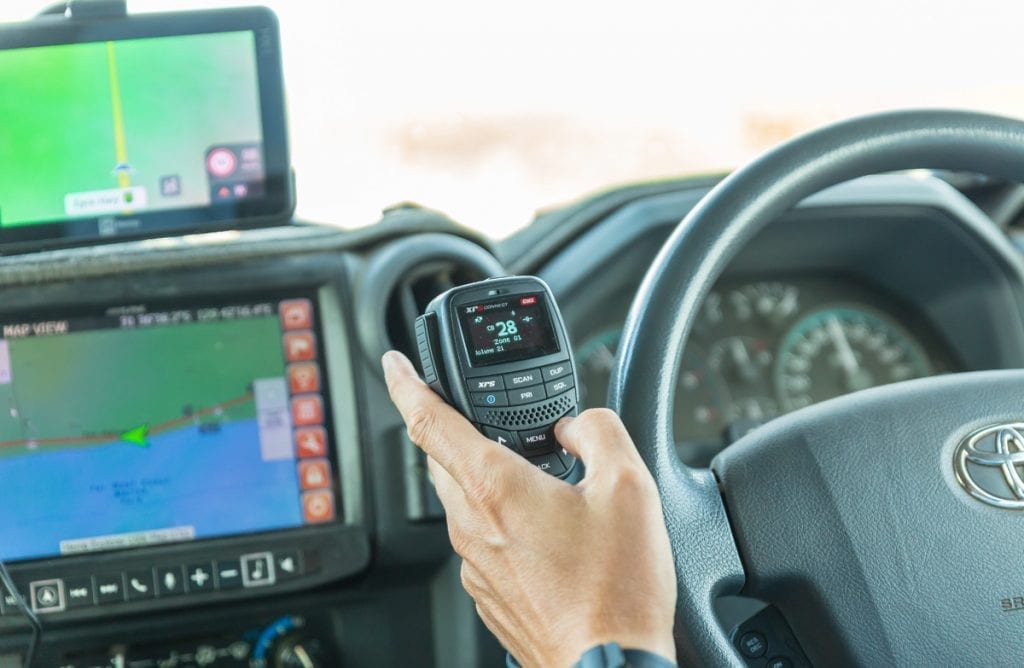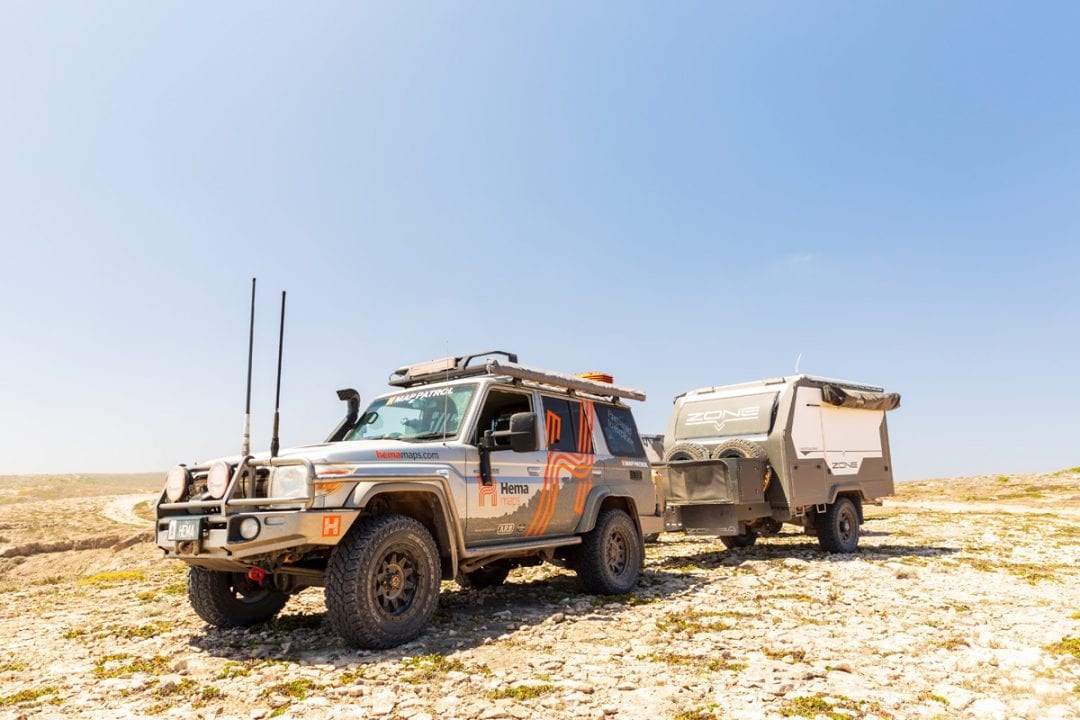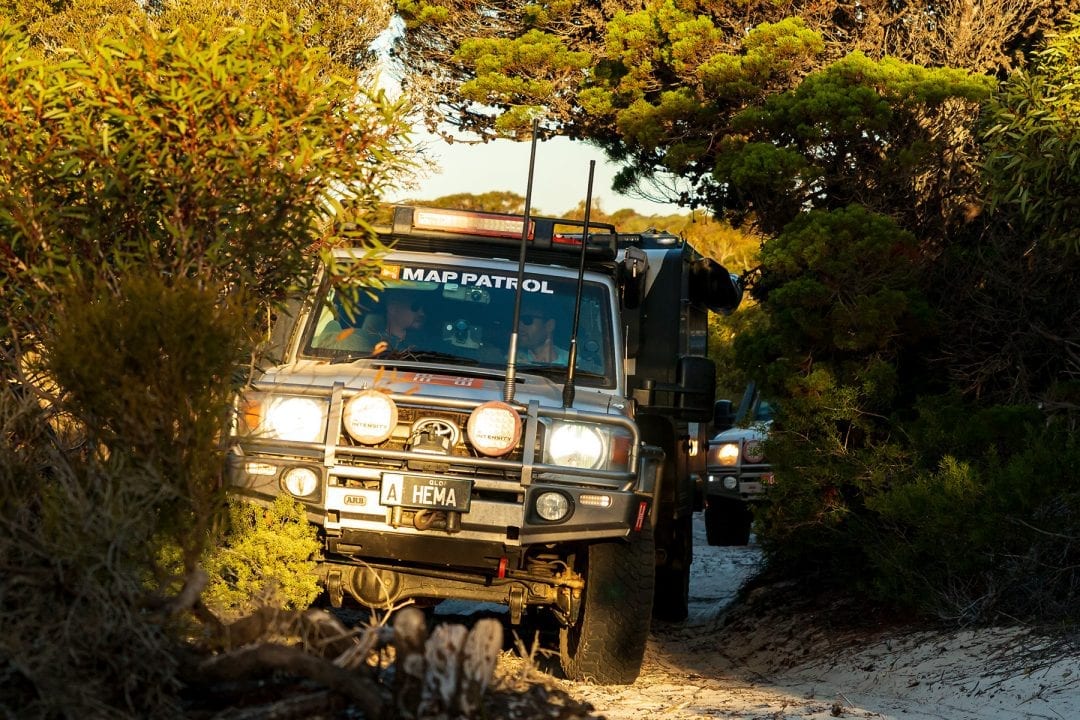Avoid the hype when selecting a UHF antenna, discover which is best for you.
When it comes to choosing the right antenna for your vehicle’s UHF radio, the old ‘bigger is better’ mentality does not always ring true. The different properties of various antennae mean that each is suited to a particular application, so if you have an enthusiasm for high country cruising or flat desert terrain, there will be one that works better for you than the others.
One of the main criteria by which we measure the performance of an antenna is gain; that is, how well the antenna converts input into radio waves and transmits them in a given direction, or vice versa when receiving. This is measured in dBi (decibels-isotropic) and can get a bit confusing if you dig deep.
The basic principle as it relates to RV use is that a big antenna will likely have a high dBi (9 dBi is considered high in this case), which indicates an ability to transmit over greater distance in a given direction. To visualise this, you can imagine the signal spreading out from the antenna like a wide-ranging disc out over the surrounding area. This makes it great for flat terrain, where all it needs to do is shoot out over the even landscape.
For hilly terrain, however, this kind of high dBi broadcast will either be blocked by terrain features or redirected when the vehicle is on an incline. Instead, hilly terrain calls for a low dBi (closer to 3 dBi) antenna. These transmit over less distance and radiate in a much more general field. As opposed to the flat spread described above, this created something more like a sphere of transmission, reaching out in every direction, including up toward high peaks and down into valleys.
If you’re not sure where you might end up, a mid-range antenna around 6 dBi is a good general-purpose solution. Or, it’s possible to have two antennae, either linked to separate UHF radios or linked to the same system with a switch.
The very best place to mount your antenna would be in the middle of your roof, giving it maximum unobstructed spread. Since this isn’t always practical, they’re commonly mounted on the bullbar, which is still very effective. Try to avoid installing them low down or directly up against panels and other objects that can impede broadcasting range.









